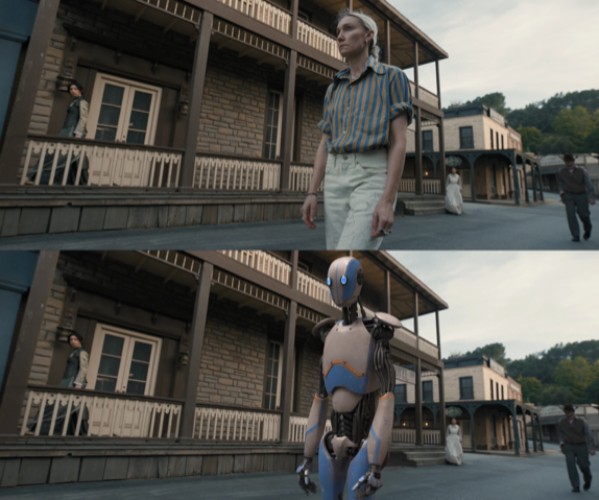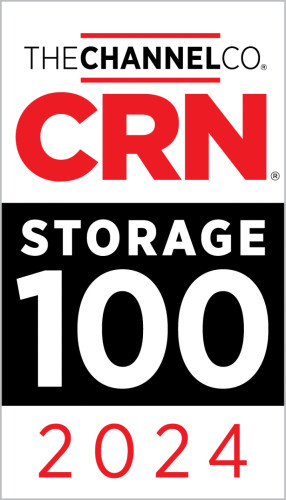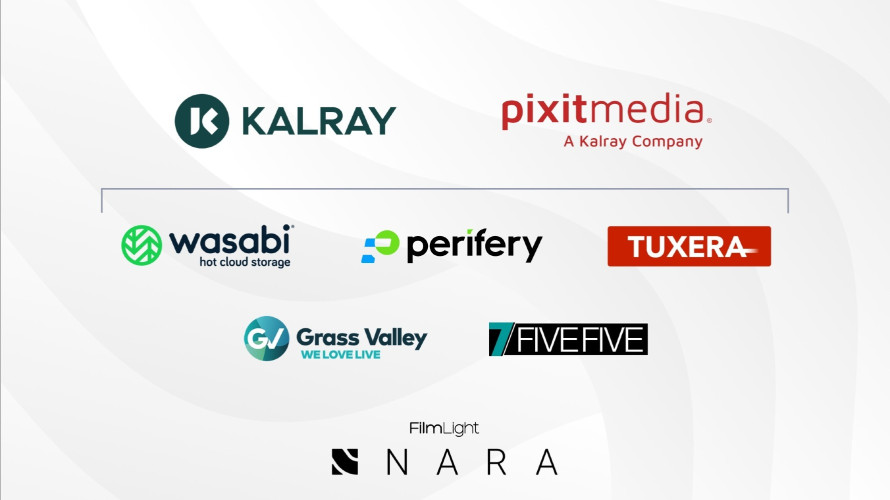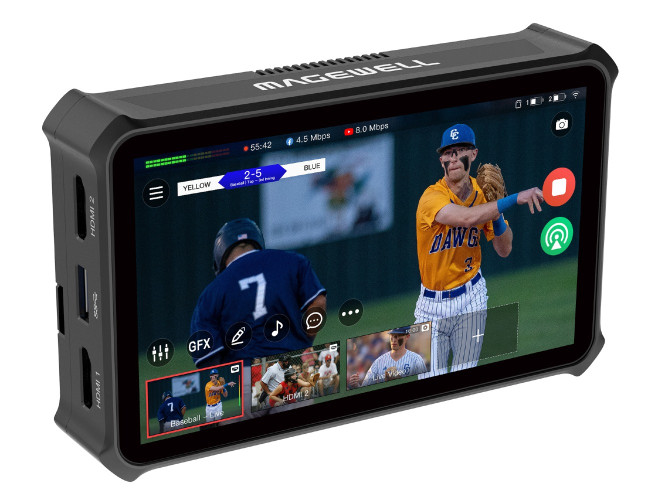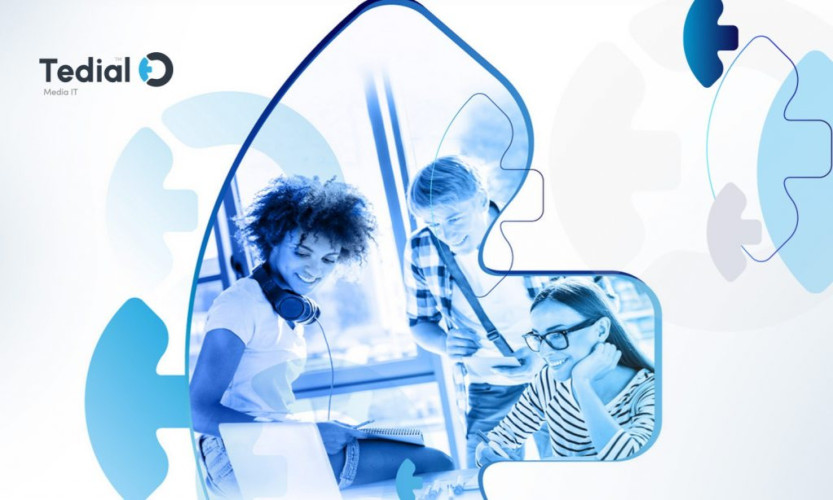At Autodesk University 2023: The Design and Make Conference, the Media & Entertainment team pulled back the curtain to reveal Autodesk Flow, setting the stage for new, open ways of working in production. Thousands of artists collaborate across many departments and studios to bring film, television, videogame, and animation projects to life. A single project involves countless shots and assets and hundreds of scenes. Collaborators use a wide array of tools that store data in different ways and in various places, ultimately fragmenting workflows, slowing artists down, and limiting creativity.
To solve these challenges, Autodesk is connecting every stage of production, unifying people, data, and workflows to unlock new opportunities for innovation and creativity, providing a more connected and resilient future with Autodesk Flow, Autodesk’s industry cloud for Media & Entertainment (M&E). Flow helps accelerate the development of connected workflows by putting data, not files, at the center of collaboration.
Underpinning Flow is Autodesk’s cloud data model, built with open APIs, that structures all the data created and consumed throughout the production pipeline. Flow allows users to capture, re-use, and track data, acting as the single source of truth for all assets, versions, and feedback in a production. From individual artists to entire departments and studios, everyone can work on tasks simultaneously, rather than waiting for one group to finish their work before another can take over.
Flow connects the entire production pipeline
With the introduction of Flow Capture, currently known as Moxion, and Flow Production Tracking, currently known as ShotGrid, the platform connects on-set and post-production data to the M&E data model. This enables the seamless management of assets from the camera to post-production.
Enabled by open standards, Flow allows existing content creation tools, starting with Maya, and third-party tools from SideFX, Avid, and The Foundry to plug into an open ecosystem. Artists will no longer have to chase down files, as they’ll have access to everything they need to get started—including storyboards and production data—right in the tools they already use every day.
Over time, the entire production pipeline will be united to enable seamless workflows that expand out from post-production to all other areas of the production pipeline. Flow will provide immediate access to production data, strengthening the connections between phases of production and improving efficiency. This holds true for film, television and animation, and also to enable games customers to gain critical insights on enhancing workflows to help manage the many inherent project assets, stakeholders, and complexities.
AI-powered future possible maximizing use of data
With AI-powered Generative Scheduling on Flow, a process that could easily take days done manually is automated to deliver faster results in minutes. Teams can predict, plan, and right-size resources to make space for creative bandwidth when needed. When last-minute changes arise, it’s easy to grasp the impact–not just on a single production’s schedule and budget, but across the studio’s entire portfolio.
Autodesk is also collaborating with Wonder Dynamics to automate creative workflows with AI to automatically animate, light, and compose CG characters in a live-action scene. With the new Maya plug-in, Maya users can seamlessly export CG characters from Autodesk Maya into Wonder Studio. Artists will also be able to export 3D scenes out of Wonder Studio back into Maya, with animation, camera, and lighting data with full creative control of each individual element. Previously, complex workflows like this could only be pulled off by studios with large budgets, but automation is giving studios of all sizes the capacity to build epic stories. The power gained by combining AI solutions with Flow will create more opportunities for everyone.
Connected workflows, creative content are the future
Autodesk is changing the industry for the better by connecting data, workflows, teams, and studios across the production pipeline. Streamlining collaboration will help navigate the complexity and pressure of the industry so artists can focus on what matters—their art. For more information about Autodesk Flow visit https://www.autodesk.com/company/autodesk-platform/me.



